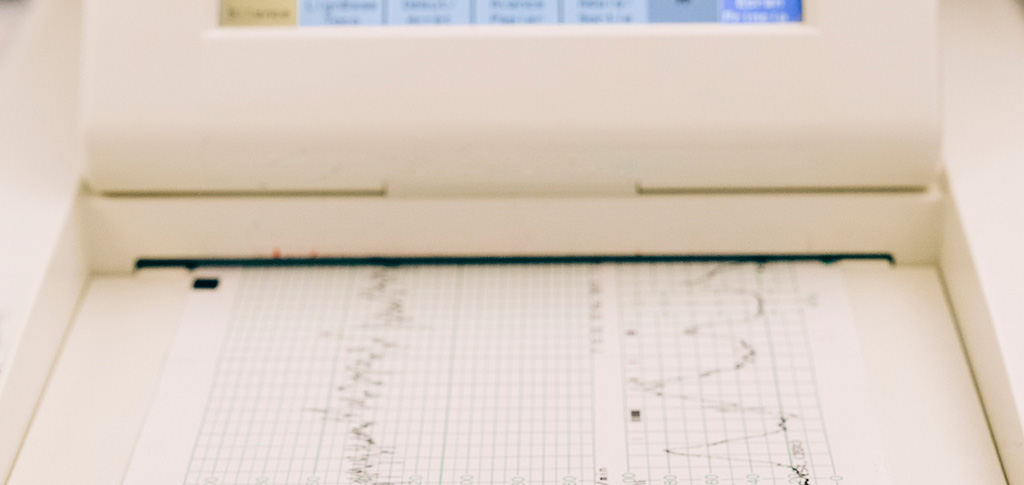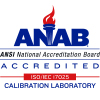 Posted on
Posted on 
In the realm of data collection and analysis, the battle between tradition and innovation often shapes the path toward more efficient and accurate solutions. This becomes especially apparent when comparing data loggers with a well-established traditional method – strip chart recorders. Let’s delve into a comparative analysis to understand the strengths and weaknesses of each approach.
Traditional Monitoring Methods: Strip Chart Recorders
Traditionally, strip chart recorders have been a stalwart for data monitoring. These mechanical devices record data on paper in the form of continuous graphical charts. While they’ve served their purpose, they do come with notable drawbacks:
Human Involvement: Strip chart recorders rely heavily on manual setup, operation, and chart replacement. This increases the risk of human error and inconsistencies in data collection.
Limited Automation: Automation is minimal, leading to delays in detecting deviations from desired parameters. Continuous human supervision is necessary to ensure timely data collection.
Accuracy Challenges: The accuracy of strip chart recorders can be compromised by factors such as chart speed, calibration, and mechanical limitations.
Data Interpretation: Analyzing data from strip chart recorders can be time-consuming and subject to interpretation errors, potentially hindering quick decision-making.
Data Loggers: The Innovation Advantage
Data loggers, in comparison, bring a new level of precision and automation to the table. These compact electronic devices continuously monitor and record data at predefined intervals. Their benefits are numerous:
Accuracy and Consistency: Data loggers offer high accuracy and consistency in data collection, minimizing human errors and ensuring reliable results.
Real-time Monitoring and Alerts: Data loggers provide real-time insights and can trigger alerts for immediate action when parameters deviate, enabling proactive responses.
Automation: Automation in data collection reduces the need for constant human supervision, freeing up resources for higher-value tasks.
Data Analysis and Optimization: Continuous data collection over extended periods allows for comprehensive analysis, aiding in trend identification and process optimization.
Cost-effectiveness: Despite initial investment, data loggers are cost-effective over time due to reduced labor requirements and improved data quality.
Choosing the Right Approach
The choice between data loggers and traditional methods, like strip chart recorders, hinges on specific needs and goals. For applications demanding accuracy, real-time insights, and automation, data loggers emerge as the superior choice. Industries such as healthcare, manufacturing, and logistics are adopting data loggers to elevate their operations.
However, in situations requiring infrequent data collection or where automation isn’t a priority, traditional methods like strip chart recorders may still suffice.
In the realm of data collection and analysis, data loggers clearly outshine traditional methods like strip chart recorders. The precision, automation, real-time insights, and cost-effectiveness they offer make them invaluable assets for modern industries. While tradition has its place, the march of progress and innovation points to a future that embraces data loggers as a pivotal tool for efficient, reliable, and data-driven decision-making processes.






